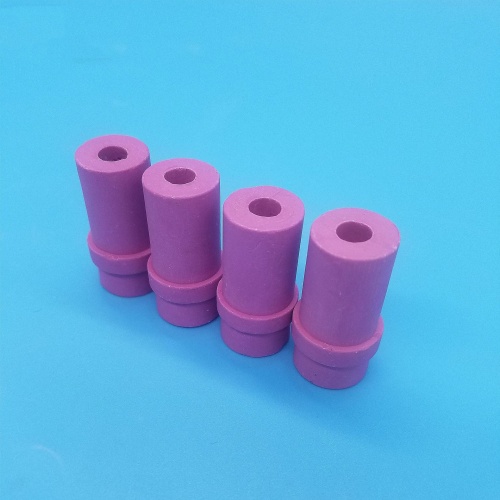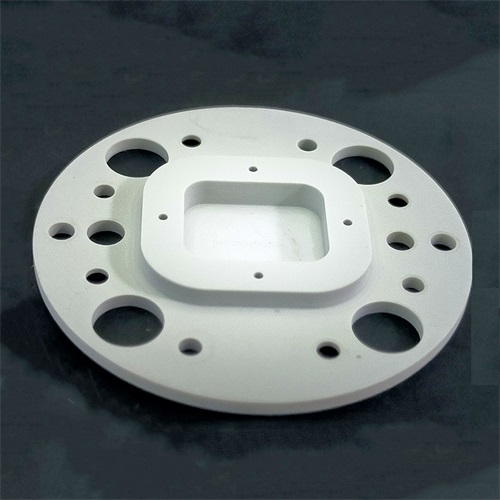Shaped alumina ceramic valve is a kind of high-performance industrial ceramic material with many excellent properties, which makes it widely used in many fields.
Special-shaped alumina ceramic valve is a kind of ceramic material made of high-purity alumina as the main raw material through a specific process. It has excellent wear resistance, high temperature resistance, corrosion resistance and good insulation properties, and is suitable for valve systems under severe working conditions such as high wear and strong corrosion.
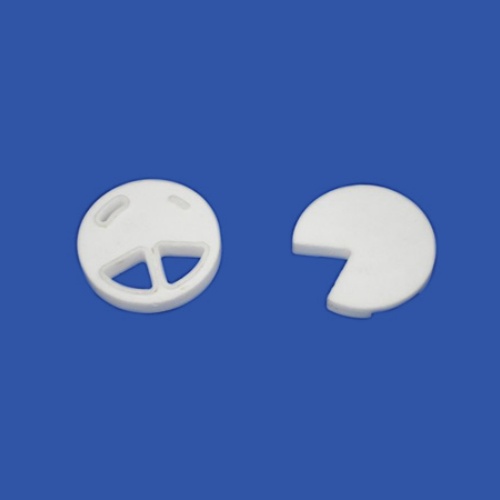
Characteristic
High hardness:
The hardness of alumina ceramics is extremely high, with Rockwell hardness reaching HRC90, second only to diamond, making it highly wear-resistant.
High strength and rigidity:
The material has high flexural strength and compressive strength, can withstand large loads and stresses, and is not easily deformed or damaged.
High temperature resistance:
The melting point of alumina ceramics is as high as 2050 ° C, which can still maintain stable performance in high temperature environments and is not easily deformed or damaged.
Corrosion resistance:
Due to its high purity of alumina content, alumina ceramic valves offer excellent corrosion resistance and can resist the attack of acids, alkalis, and other chemicals, making them suitable for use in corrosive environments.
Excellent insulation properties:
Alumina ceramics maintain stable insulation properties under high pressure and high temperature environments, and are not easy to conduct electricity. They are widely used in power, electronics, and other fields.
Good sealing:
Made of microcrystalline alumina ceramics, it has low porosity, fine porcelain, high surface finish, good flatness after grinding and polishing, good sealing performance, and is not easy to leak.
High dimensional accuracy:
The size of the product is strictly controlled within the standard range, with high precision, minimal deformation, and good parallelism, no brittleness, and good gloss.
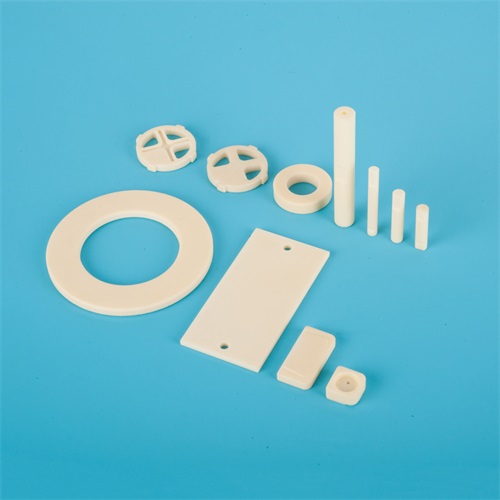
Preparation process
The preparation of special-shaped alumina ceramic valves mainly includes raw material preparation, molding and sintering.
Preparation of raw materials: choose high purity alumina powder as the main raw material, and add a small amount of additives as needed. The purity and granularity of raw materials have an important impact on the properties of ceramic parts.
Molding: Common molding methods include injection molding, press molding, and hot isostatic pressing. During the molding process, attention should be paid to maintaining certain temperature and humidity conditions, so that the molded parts have a certain strength and density.
Sintering: The formed alumina ceramic valve needs to be sintered at high temperature to improve its density and mechanical properties. During the sintering process, the temperature should be controlled and an appropriate atmosphere should be maintained to achieve the predetermined physical and chemical properties of the ceramic parts.
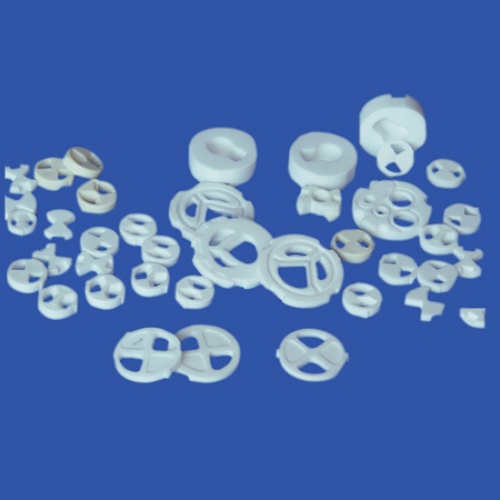
Application field
Special-shaped alumina ceramic valves are widely used in pipeline ball valve systems in electric power, petroleum, chemical, metallurgy, mining, sewage treatment and other industrial fields. Especially suitable for high wear and strong corrosion environments, such as ash and slag systems, discharge, sewage systems, etc.
Due to its excellent physical and chemical properties, special-shaped alumina ceramic valves are an ideal choice for industrial valve systems, which can effectively improve the service life and reliability of valves.
CATEGORIES
LATEST NEWS
- What is Macor processable g...
- The material properties and...
- The reason for the high pri...
- What are the preparation me...
- Why modify aluminum nitride...
- Thermal conductivity values...
- What is the thermal expansi...
- Thermal shock resistance of...
- The average coefficient of ...
- What is high alumina ceramic

